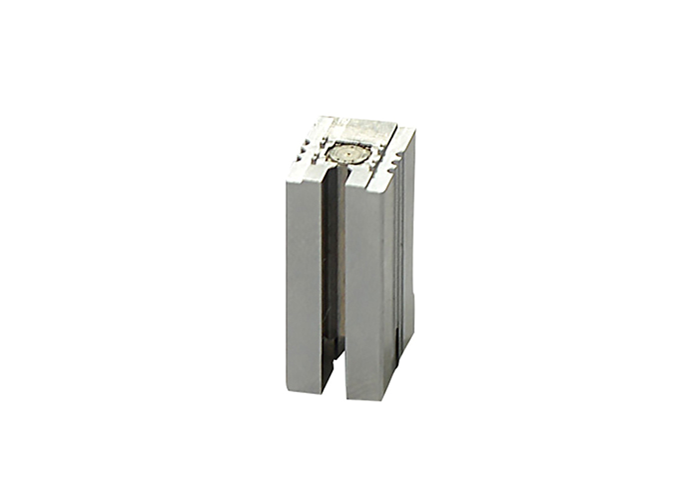
date:2023/08/10
The first to bear the brunt is plastic materials. The complexity of the properties of plastic materials often determines the complexity of the injection molding process. Under normal circumstances, the complexity of materials is not the result we want. The performance of plastic materials varies greatly due to different varieties, different grades, different producers of injection molded parts, and even different batches. Therefore, corresponding adjustments must be made according to the properties of the material. Different performance parameters may lead to completely different molding results. This is also a different situation that everyone likes to hear.

The second is the injection temperature. This is a very important one. The melt flows into the cooled cavity and loses heat due to heat conduction. A certain amount of heat loss has occurred. At the same time, heat is generated due to the shearing effect, which may be more or less than the heat lost by heat conduction, depending on the conditions of the injection molded parts. This also caused part of the heat to be lost. The viscosity of the melt becomes lower as the temperature increases. In this way, the higher the injection temperature, the lower the viscosity of the melt and the smaller the required filling pressure. At the same time, the injection temperature is also limited by the thermal degradation temperature and decomposition temperature. This limitation causes temperature changes.
The third is the mold temperature of the injection molded part. Is the higher the mold temperature the better or the lower the better? The lower the mold temperature of injection molded parts, the faster the heat loss due to heat conduction, the lower the melt temperature, and the worse the fluidity. The level of temperature also affects the speed of fluidity. This phenomenon is especially obvious when using a lower injection rate. If you don’t believe it, if conditions permit, don’t bother to do a test.
The last is injection time. The length of time has a certain impact on the injection molding industry.
The impact of injection time on the injection molding process is manifested in three aspects:
1. Shorten the injection time, and the shear strain rate in the melt will also increase, so the injection pressure required to fill the cavity should also be increased.
2. Shorten the injection time and increase the shear strain rate in the melt. Due to the shear thinning characteristics of the plastic melt, the viscosity of the melt decreases, and the injection pressure required to fill the cavity should also be reduced. This is just the opposite of the first point.
3. Shorten the injection time and increase the shear strain rate in the melt. The greater the shear heating, and the less heat lost due to thermal conduction, the higher the temperature of the melt and the lower the viscosity, the injection pressure required to fill the cavity Also lower. As a result of the above three conditions, the curve of the injection pressure required to fill the cavity presents a "U" shape. In other words, there is an injection time when the required injection pressure is the smallest. This is the impact of injection time on the injection molding process.
The influence of injection molding process conditions on the product is as described above. Injection molding has a certain special significance for plastic materials, injection temperature, mold temperature, and injection time. Plastic materials determine the complexity of injection molding. The injection temperature causes the viscosity to be high or low. The mold temperature caused the difference in fluidity. The injection